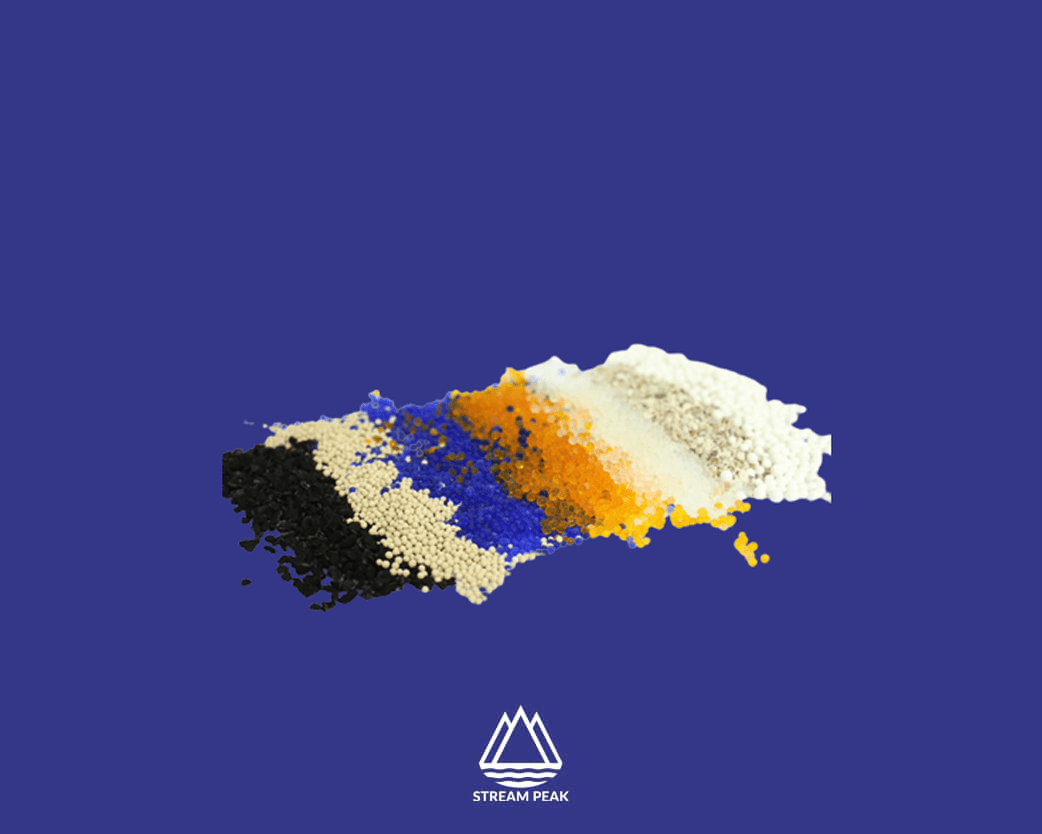Does Desiccants Adsorb or Absorb? Understanding the Difference

When it comes to moisture control, desiccants play a vital role in maintaining the dryness of various products and environments. Desiccants remove moisture from the surrounding air or materials, preventing damage and maintaining optimal conditions.
However, a common source of confusion arises when discussing whether desiccants adsorb or absorb moisture. In this article, we will delve into the distinction between adsorption and absorption and clarify how desiccants function in relation to moisture.
What Are Desiccants?
Desiccants are substances designed to absorb or adsorb moisture from the surrounding environment. They work by reducing humidity levels, thus preventing damage caused by moisture-related issues such as condensation, corrosion, and degradation. Desiccants are commonly used in a wide range of industries, including electronics, pharmaceuticals, food packaging, and storage.
Adsorption vs. Absorption: Understanding the Difference
To comprehend the distinction between adsorption and absorption, it is essential to grasp their underlying mechanisms.
Adsorption: Adsorption is a process by which molecules adhere to the surface of a solid or liquid. It involves the attraction and attachment of molecules to the surface of a material, forming a thin film. In the case of desiccants, the moisture molecules present in the air or surrounding materials adhere to the surface of the desiccant particles. This adhesion occurs due to the physical forces of attraction between the moisture molecules and the surface of the desiccant.
Absorption: On the other hand, absorption involves the penetration of molecules into the bulk of a solid or liquid. When a substance absorbs moisture, the molecules are incorporated into the material’s structure. Unlike adsorption, absorption occurs within the desiccant, where moisture is assimilated by the desiccant material, leading to changes in its composition.
How Desiccants Work
Desiccants primarily operate through adsorption rather than absorption. They are designed to attract and trap moisture molecules on their surface, reducing the humidity levels in the surrounding environment. This adsorption process helps prevent condensation, corrosion, and degradation of sensitive products, such as electronics, pharmaceuticals, and food items.
Common Types of Desiccants
- Silica Gel: Silica gel is a popular and widely used desiccant composed of small, porous silica beads. The surface of these beads contains numerous microscopic pores that provide a large area for moisture adsorption. Silica gel is effective in maintaining low humidity levels and preventing moisture-related damage.
- Clay Desiccants: Clay desiccants, such as montmorillonite, are natural materials with excellent moisture adsorption properties. These desiccants function by adsorbing moisture onto their surface through capillary action. They are commonly used in packaging and storage applications.
- Calcium Chloride: Calcium chloride is a highly hygroscopic desiccant that has a strong affinity for moisture. It is often used in industrial settings, such as shipping containers or warehouses, where large amounts of moisture must be controlled.
Benefits of Using Desiccants
The use of desiccants provides several benefits:
- Moisture control: Desiccants are primarily used to control humidity and moisture levels. By absorbing excess moisture, they help prevent corrosion, mould growth, and degradation of moisture-sensitive products, such as electronics, pharmaceuticals, and food items.
- Preservation of freshness: Desiccants can be used in packaging to extend the shelf life and maintain the freshness of perishable goods. They absorb moisture, preventing the growth of bacteria, fungi, and other microorganisms that can spoil the products.
- Protection of electronic devices: Electronics are susceptible to damage from moisture. Desiccants help protect sensitive electronic components by absorbing moisture and preventing the formation of condensation, which can cause short circuits and corrosion.
- Preventing odours: Moisture often leads to the development of unpleasant odours. Desiccants can help eliminate or reduce odours by absorbing moisture. This is especially useful in areas with high humidity or where odours are a concern, such as closets, shoe cabinets, or gym bags.
- Reducing packaging weight: Some desiccants, like silica gel packets, are lightweight and have a high water-absorbing capacity. Using desiccants in packaging can reduce the overall weight of the package, resulting in lower shipping costs.
- Moisture damage recovery: In case of accidental exposure to moisture or water damage, desiccants can aid in the recovery process. Placing desiccant packs or using desiccant bags can help absorb moisture from wet objects, preventing further damage and aiding in drying.
- Regeneration and reusability: Many desiccants, such as silica gel and molecular sieves, can be regenerated and reused multiple times. This makes them cost-effective and environmentally friendly compared to single-use alternatives.
- Improved product performance: By controlling moisture levels, desiccants can improve the performance and reliability of products. This is particularly important in aerospace, automotive, and pharmaceutical industries, where moisture-sensitive materials or processes are involved.
Conclusion
In summary, desiccants primarily operate through the process of adsorption. They attract and trap moisture molecules on their surface, preventing damage caused by excessive humidity. Desiccants like silica gel, clay desiccants, and calcium chloride effectively maintain dry conditions in various applications.
Understanding the difference between adsorption and absorption is crucial to grasp how desiccants work. While adsorption involves the adherence of moisture molecules to the surface of a desiccant, absorption involves the penetration of moisture molecules into the bulk of a material.
By using desiccants, safeguard sensitive products, prolong their shelf life, and maintain optimal conditions in a wide range of environments. Whether it’s preserving the quality of electronics, protecting valuable artwork, or ensuring the freshness of food items, desiccants play a vital role in moisture control.

